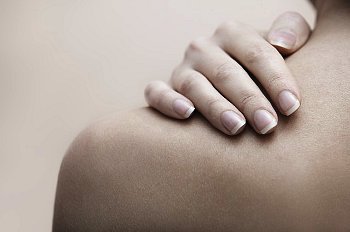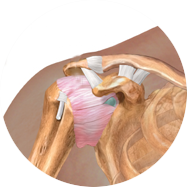For Consultation, get in touch at:
+91 9163560026 / +91 9007000512 (From 9:00 a.m. to 9:00p.m.)
Overview of Shoulder
It is believed that there is no such organ or part in the human body which can be labeled as a less important structure. Each part contributes to the process of building the body stability as well as strength through a list of swift movements that are required. In case of shoulder too there is no exception.
It is one of the most movable joints that is unstable too because of the vast range of motions performed by the same. As a result shoulder is likely to get affected due to the several joint injuries some of which are major in nature and take time to show recovery.
Three bones namely the Collarbone (Clavicle), the Shoulder Blade (Scapula), the Upper Arm Bone (Humerus) and ligaments, muscles, tendons are associated with the structure of a human shoulder. The shoulder is required to be mobile enough for the various actions performed by the arms and hands. At the same time it is also essential for the human shoulder to be stable to allow the human body doing actions like lifting, pulling and pushing.
An error in the interrelation between stability and mobility sometimes affect the shoulder badly and often lead to certain problems that are not faced by other joints of the human body like hip.
Shoulder Joints:
• Glenohumeral Joint - Being the main joint, this ball and socket joint of human shoulder is capable enough to allow arm's rotation in circular way.
• Acromioclavicular Joint - Arms are raised above the head with the help of this pivot joint. It mainly aims at giving the arms a greater degree of movement rotationally.
• Sternoclavicular Joint - This saddle like joint allows Clavicular movements, especially in vertical planes and anteroposterior. This joint allows the movement of the arm and shoulder to thrust forward.
Quick Contact
Mobile: +91 98310 61250
Email:
vikash.kapoor@medicasynergie.in
directormios@medicasynergie.in
For Consultation, get in touch at
+91 9163560026 / 9007000512
(From 9:00 a.m. to 9:00 p.m.)


